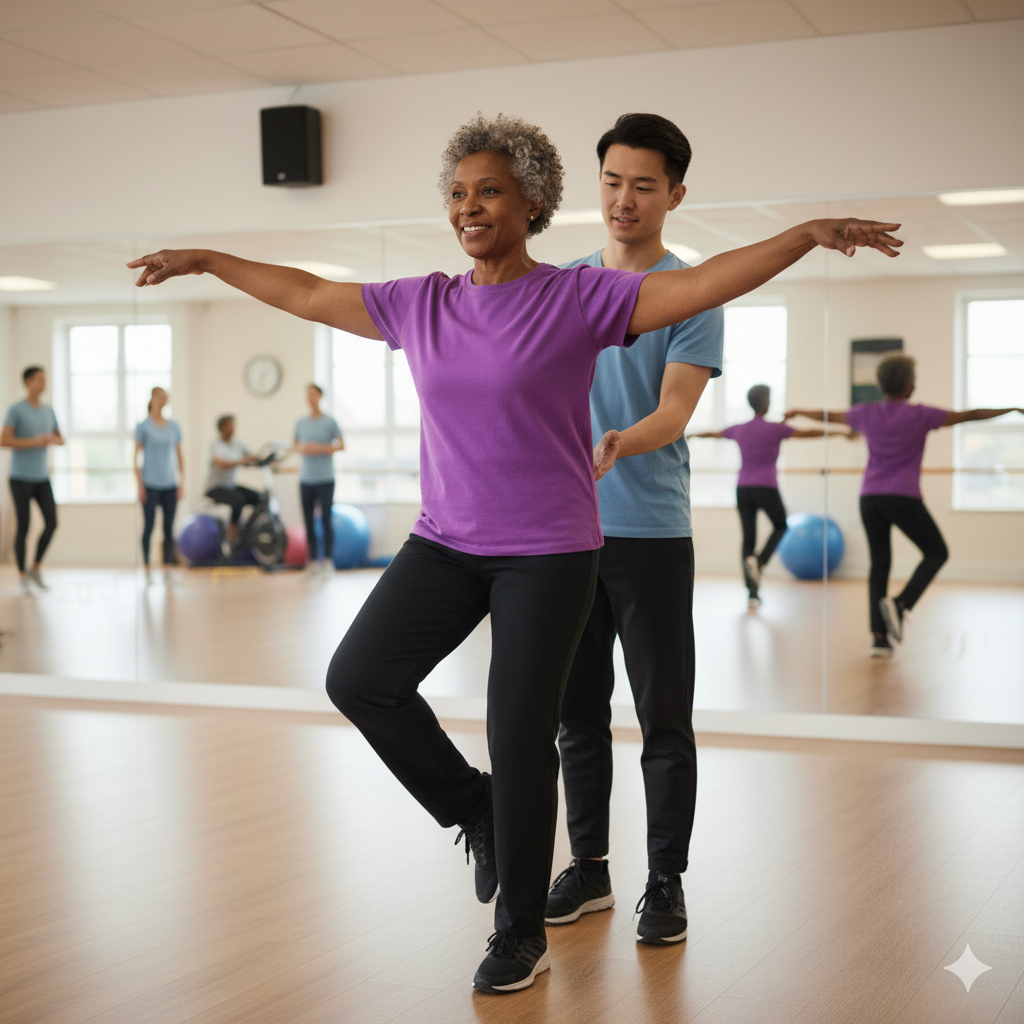

Did you know that something as simple as moving your body every day could be one of your most powerful tools against Parkinson’s? It’s true. While there may not be a cure (yet), exercise has been shown to slow the progression of Parkinson’s disease, improve quality of life, and help you feel more in control of your body.
In this guide, we’re going to break down the best types of exercises for Parkinson’s, why they work, and how to safely get started (even if you haven’t laced up sneakers in years).
Let’s start with the good stuff. Parkinson’s disease affects movement, balance, coordination, and muscle control. But exercise? It improves all of those. Isn’t that wild?
Studies show that consistent physical activity can:
It’s not just about keeping your muscles moving. It’s about keeping your brain healthier, too.
You don’t have to become a bodybuilder or run a marathon. But adding movement you enjoy (yes, even dancing in your kitchen counts!) can make a real difference.
Here are the top exercise categories that benefit people with Parkinson’s:
Get that heart pumping! Walking, cycling, swimming, and dancing all fall into this group. Aim for at least 30 minutes, 3 to 5 times per week. If that sounds intimidating, start with 10 minutes and build from there.
Resistance bands, bodyweight workouts, or light weights help build and maintain muscle mass. This is key for stability, especially in your legs and core.
Think Tai Chi, yoga, or specific balance exercises (like standing on one foot near a wall). These help you stay upright and confident.
Parkinson’s can cause stiffness. Stretching helps you maintain range of motion and comfort in everyday tasks.
Classes like PWR! Moves, Rock Steady Boxing, and LSVT BIG are designed just for people with Parkinson’s. They target mobility, strength, and neuroplasticity (a fancy word for your brain’s ability to change).
YES, with the right support. If you’re new to exercise or have balance concerns, talk to your doctor or a Parkinson’s-trained physical therapist. Starting slow and staying consistent is more important than going full beast mode on day one.
And remember: It’s okay to laugh, wobble, and take breaks. Progress is personal.
You don’t need a gym. You don’t need perfect form. You need consistency. Your brain and body will thank you for every stretch, step, and squat you make.
And hey, if you’re not sure where to start, check out Parkinson’s-specific online classes or local support groups (because you’re definitely not alone in this).
Parkinson’s might mess with your movement, but exercise lets you fight back.
With the right approach, you can improve strength, balance, and confidence. Yes, you can even have some fun along the way.
So go ahead: turn up the music, wiggle a little, and take that first step. You’re not just exercising. You’re rewriting your Parkinson’s story.

